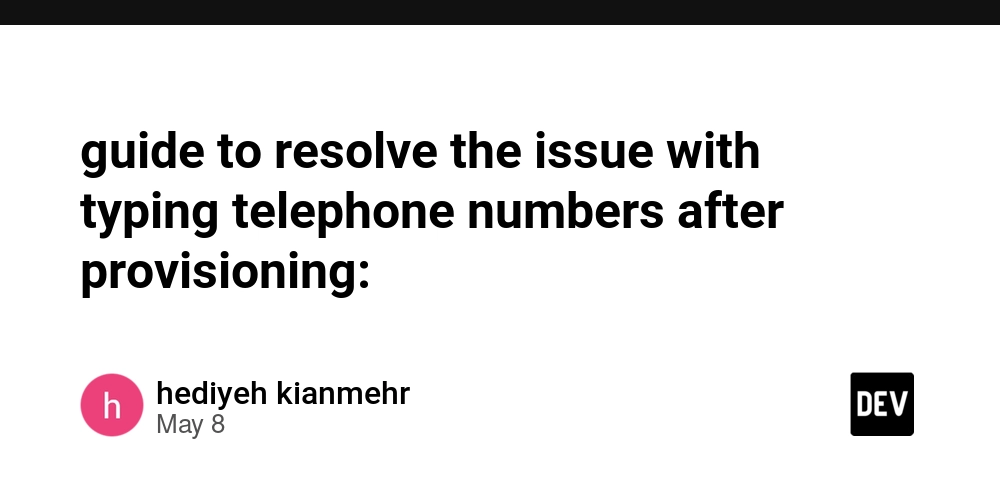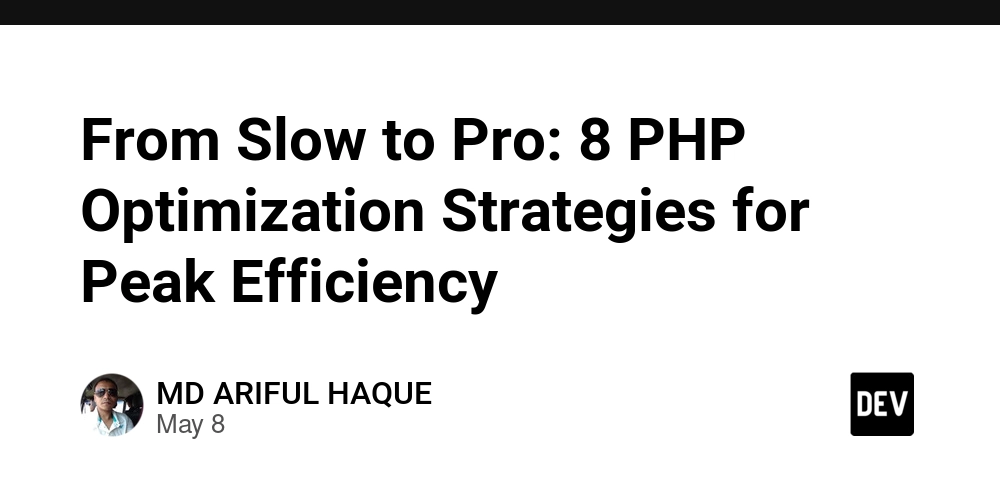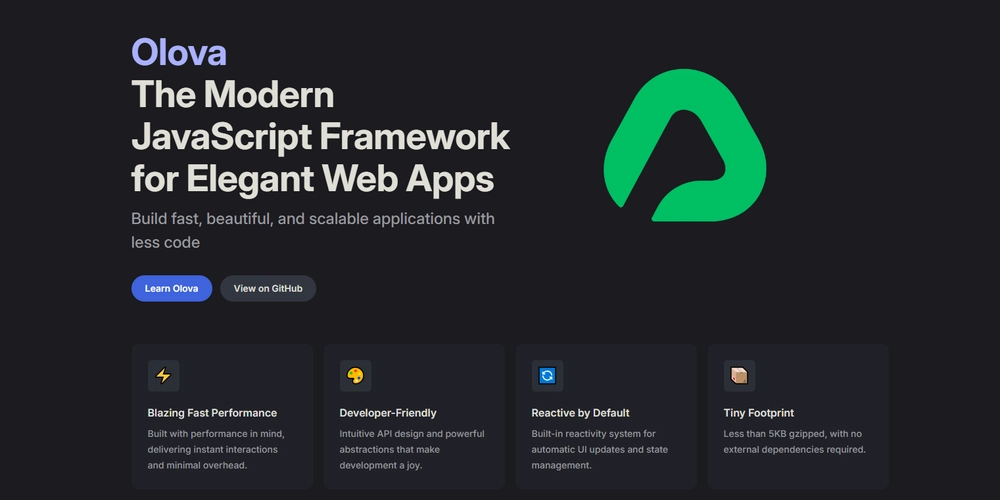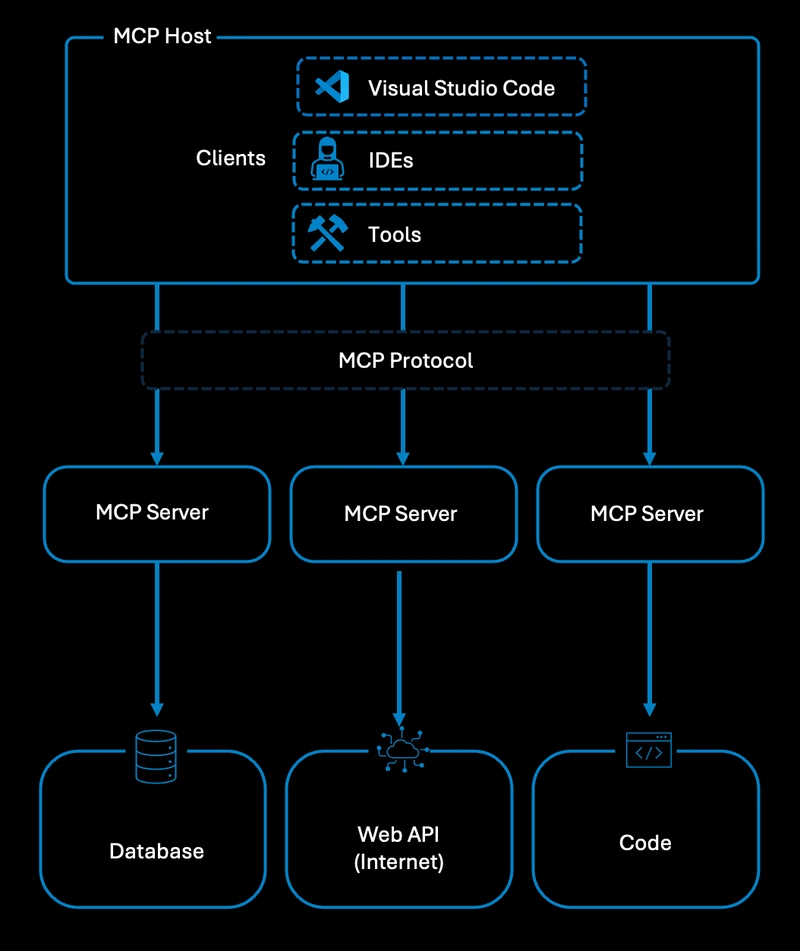Financial Backing for Open Source Projects: Sustaining Innovation and Collaboration
Abstract Open source software underpins today’s digital innovation but faces ongoing challenges in sustaining development and community engagement. This post explores the evolution of open source funding—from early volunteer models to modern blockchain-enabled approaches—and examines key models like donations, corporate sponsorships, dual licensing, subscription services, and bounties. We detail the historical context, define critical financial backing terms, and explore practical use cases in blockchain, NFT marketplaces, and developer tools. Additionally, we review the challenges and limitations of current funding strategies and highlight future trends that include tokenization, smart contracts, and decentralized governance. This comprehensive analysis is designed for technical experts and budding developers alike, demonstrating how sustainable funding is critical to preserving the innovative and collaborative spirit of open source. Introduction Open source software is the foundation for digital platforms—from blockchain and non-fungible tokens (NFTs) to web development frameworks. Its evolution has enabled communities to drive technological progress collaboratively and transparently. However, despite its many benefits, the question remains: How can open source projects sustain themselves amid increasing demands and technical complexity? One answer is robust, diversified financial backing. The funding models for open source are rapidly expanding. Traditional donations and sponsorships now sit alongside advanced solutions like blockchain-enabled funding, dual licensing, and bounty systems. In this post, we will dive into these models, illustrate their benefits and drawbacks, and discuss how they help maintain innovation and collaboration within the open source ecosystem. For more background on these models, check out our detailed analysis in the Original Article. Background and Context Open source emerged from a collaborative experiment where developers freely shared code and intellectual resources. Early projects such as Linux and the Apache HTTP Server showed that a community-driven model could produce reliable, high-quality software without hefty licensing costs. Over time, however, the value and complexity of these projects grew substantially. Historical Overview Early Days: Software like Linux was created primarily by unpaid developers. As these projects matured, the maintenance demands increased far beyond simple code contributions. Volunteer Dependence: Initially, reliance on unpaid volunteer work drove many projects. This is documented in related articles like Unpaid Volunteer Work. Evolution of Models: With growth, open source began to need more structured financial approaches. Corporate sponsorships by giants like Google and Microsoft, alongside crowdfunding via platforms such as Patreon and Open Collective, have now become standard funding mechanisms. Defining the Ecosystem The modern open source ecosystem is characterized by financial diversity, global participation, and an increasing trend toward blockchain integration. Key concepts include: Financial Backing: The funding that supports a project’s development, infrastructure, and community activities. Dual Licensing and Subscription Models: These provide a blend of free and paid offerings, ensuring sustainability while keeping the core software open. Blockchain Integration: Distributed ledger technologies (such as Gitcoin) enable transparent, decentralized funding by utilizing smart contracts and tokenization. In recent years, the integration of blockchain has enabled innovative funding solutions, enhancing transparency and reducing dependency on centralized entities. This progressive evolution is also discussed in Innovative Funding for Open Source Projects. Core Concepts and Features A robust financial structure is vital to the continued success of open source initiatives. The following funding models are currently in use: 1. Donations and Crowdfunding Donations remain a cornerstone of open source funding. Platforms like Patreon and Open Collective enable users to support projects on a recurring or one-time basis. Key Features: Community-Driven: Direct contributions from users foster a shared sense of responsibility. Transparency: Open logging of donations helps build trust. Ease of Integration: Simple frameworks can be embedded into project websites. Pros and Cons Table: Funding Model Pros Cons Donations/Crowdfunding Simple to implement; builds community loyalty; transparent funding flows Income can be unpredictable; relies on continuous engagement 2. Sponsorships and Grants Corporate sponsorships and grants provide stable funding and are usually awarded to larger or mission-critical projects. Often, these come with obligations for transparency and periodic reporting. Key Features: Stable Funding: Offer
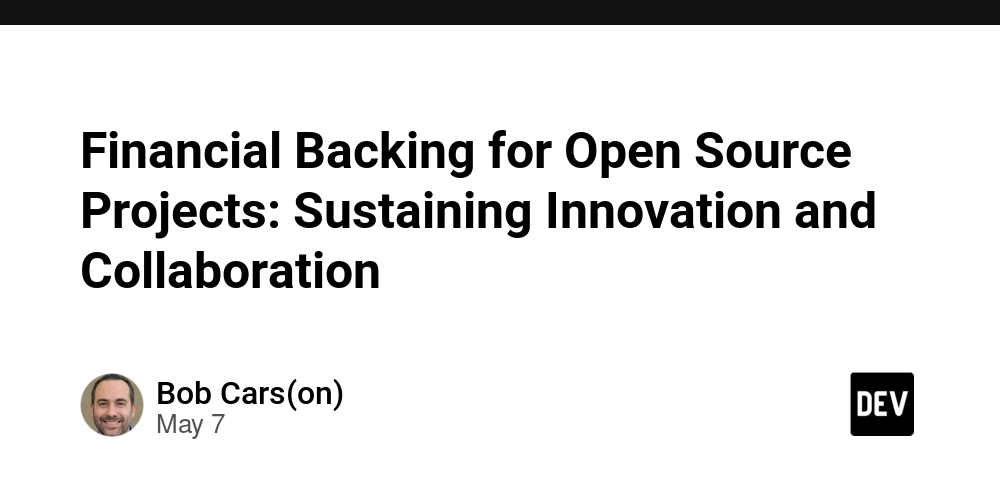
Abstract
Open source software underpins today’s digital innovation but faces ongoing challenges in sustaining development and community engagement. This post explores the evolution of open source funding—from early volunteer models to modern blockchain-enabled approaches—and examines key models like donations, corporate sponsorships, dual licensing, subscription services, and bounties. We detail the historical context, define critical financial backing terms, and explore practical use cases in blockchain, NFT marketplaces, and developer tools. Additionally, we review the challenges and limitations of current funding strategies and highlight future trends that include tokenization, smart contracts, and decentralized governance. This comprehensive analysis is designed for technical experts and budding developers alike, demonstrating how sustainable funding is critical to preserving the innovative and collaborative spirit of open source.
Introduction
Open source software is the foundation for digital platforms—from blockchain and non-fungible tokens (NFTs) to web development frameworks. Its evolution has enabled communities to drive technological progress collaboratively and transparently. However, despite its many benefits, the question remains: How can open source projects sustain themselves amid increasing demands and technical complexity? One answer is robust, diversified financial backing.
The funding models for open source are rapidly expanding. Traditional donations and sponsorships now sit alongside advanced solutions like blockchain-enabled funding, dual licensing, and bounty systems. In this post, we will dive into these models, illustrate their benefits and drawbacks, and discuss how they help maintain innovation and collaboration within the open source ecosystem. For more background on these models, check out our detailed analysis in the Original Article.
Background and Context
Open source emerged from a collaborative experiment where developers freely shared code and intellectual resources. Early projects such as Linux and the Apache HTTP Server showed that a community-driven model could produce reliable, high-quality software without hefty licensing costs. Over time, however, the value and complexity of these projects grew substantially.
Historical Overview
- Early Days: Software like Linux was created primarily by unpaid developers. As these projects matured, the maintenance demands increased far beyond simple code contributions.
- Volunteer Dependence: Initially, reliance on unpaid volunteer work drove many projects. This is documented in related articles like Unpaid Volunteer Work.
- Evolution of Models: With growth, open source began to need more structured financial approaches. Corporate sponsorships by giants like Google and Microsoft, alongside crowdfunding via platforms such as Patreon and Open Collective, have now become standard funding mechanisms.
Defining the Ecosystem
The modern open source ecosystem is characterized by financial diversity, global participation, and an increasing trend toward blockchain integration. Key concepts include:
- Financial Backing: The funding that supports a project’s development, infrastructure, and community activities.
- Dual Licensing and Subscription Models: These provide a blend of free and paid offerings, ensuring sustainability while keeping the core software open.
- Blockchain Integration: Distributed ledger technologies (such as Gitcoin) enable transparent, decentralized funding by utilizing smart contracts and tokenization.
In recent years, the integration of blockchain has enabled innovative funding solutions, enhancing transparency and reducing dependency on centralized entities. This progressive evolution is also discussed in Innovative Funding for Open Source Projects.
Core Concepts and Features
A robust financial structure is vital to the continued success of open source initiatives. The following funding models are currently in use:
1. Donations and Crowdfunding
Donations remain a cornerstone of open source funding. Platforms like Patreon and Open Collective enable users to support projects on a recurring or one-time basis.
Key Features:
- Community-Driven: Direct contributions from users foster a shared sense of responsibility.
- Transparency: Open logging of donations helps build trust.
- Ease of Integration: Simple frameworks can be embedded into project websites.
Pros and Cons Table:
| Funding Model | Pros | Cons |
|---|---|---|
| Donations/Crowdfunding | Simple to implement; builds community loyalty; transparent funding flows | Income can be unpredictable; relies on continuous engagement |
2. Sponsorships and Grants
Corporate sponsorships and grants provide stable funding and are usually awarded to larger or mission-critical projects. Often, these come with obligations for transparency and periodic reporting.
Key Features:
- Stable Funding: Offers regular and substantial contributions.
- Accountability: Requires detailed financial reporting.
- Brand Association: Can enhance a project’s reputation due to affiliation with leading companies.
For more in-depth discussion on sponsorships, review Corporate Sponsorship Models.
3. Dual Licensing and Subscription Services
Dual licensing lets projects offer free open source versions alongside a paid commercial version that provides additional features or support. Subscription-based models or Software as a Service (SaaS) also create steady revenue streams.
Key Features:
- Revenue Diversification: Balances open community benefits with commercial viability.
- Market Expansion: Attracts both hobbyists and enterprise users.
- Sustainability: Predictable recurring income supports long-term project development.
Companies like Red Hat have successfully implemented these models by providing robust enterprise support while keeping their core software open.
4. Bounties and Rewards
Bounty systems allow community members to fund specific tasks or features. Platforms such as Bountysource are examples where funding is directed to critical bugs or enhancements.
Key Features:
- Targeted Funding: Ensures that pressing issues receive timely attention.
- Incentivized Contributions: Offers financial rewards that motivate prompt problem resolution.
- Flexible Mechanism: Adapts to the real-time needs of the project.
5. Blockchain-Enabled Funding
Blockchain has opened new possibilities for open source funding. Through transparent smart contracts, projects receive funding in a decentralized, tamper-proof manner, sometimes further incentivized by tokenization and quadratic funding.
Key Features:
- Decentralized Transparency: All transactions are recorded on a public ledger.
- Automated Administration: Smart contracts reduce the need for manual fund management.
- Tokenization for Investment: Digital tokens can represent stakes or provide dividends to contributors.
For a real-world demonstration, refer to Gitcoin, which leverages quadratic funding to maximize community support.
Bullet List of Funding Models and Their Benefits
- Donations/Crowdfunding: Simple, community-driven, and transparent.
- Sponsorships/Grants: Stable funding with accountability measures.
- Dual Licensing/Subscription Services: Balances community access with commercial revenue.
- Bounties/Rewards: Provides targeted funding for specific tasks.
- Blockchain-Enabled Funding: Enhances transparency, decentralization, and security.
Applications and Use Cases
Supporting open source through diversified funding models is not merely theoretical—it has practical, tangible impacts across various sectors.
Use Case 1: Blockchain-Based Identity Management
Blockchain has revolutionized identity management through projects that ensure secure, decentralized verification. For instance, one project utilized a dual licensing model combined with blockchain-enabled grants via Gitcoin to maintain constant security updates and bug fixes.
Outcomes:
- Enhanced Security: Regular updates funded by bounties improved system integrity.
- Global Team Collaboration: Decentralized funding attracted talent from around the world.
- Commercial Integration: Dual licensing allowed enterprise adoption without compromising open source values.
Use Case 2: Open Source NFT Marketplaces
NFT marketplaces have leveraged a mix of funding models including donations, corporate sponsorships, and blockchain mechanisms. One such marketplace utilized crowdfunding to secure their core platform, later transitioning to sponsorships and subscription models for continuous support.
Key Highlights:
- Enhanced Transparency: Blockchain-based funding tracks every transaction, ensuring clarity.
- Community Trust: Regular, public financial reporting builds confidence.
- Hybrid Revenue Streams: Combining multiple funding models allows sustainable evolution.
Use Case 3: Developer Tools Ecosystem
Developer tools such as integrated development environments (IDEs) and version control systems often find funding through grants, donations, and sponsorships. A prominent example includes tools maintained by small teams that benefit from a hybrid funding model, attracting community contributions and corporate support.
Benefits:
- Robust Ecosystem: Financial stability attracts more contributors, sparking innovation.
- Increased Adoption: Reliable funding leads to better tools, driving broader usage.
- Direct Innovation Impact: Blockchain-based funding can fast-track critical enhancements.
Challenges and Limitations
Although many funding models promise sustainability, maintaining financial backing for open source projects remains a challenge.
Key Challenges
Unpredictable Donations:
Funding through donations is often sporadic, making budgeting difficult.
This volatility may result in periods of inadequate resources.Dependency on Corporate Sponsorship:
Heavy reliance on corporate funds can influence project goals and limit developer independence.
See more in Corporate Sponsorship Models.Complex Licensing Structures:
Dual licensing adds layers of legal and community challenges, potentially alienating some contributors.Technical and Administrative Overheads:
Blockchain solutions require robust technical expertise to secure and maintain smart contracts and accurate reporting.
For additional insight, refer to Open Source Project Financial Transparency.Community Fragmentation:
Misalignment of funding priorities with community needs can lead to divided focus and reduced collaboration.
Additional Limitations
- Regulatory Hurdles: Global and local regulations can complicate international funding.
- Economic Volatility: Market fluctuations—especially in the blockchain and NFT sectors—can impact revenue streams.
- Sustainability Risks: Even diversified models do not always guarantee long-term stability, necessitating continuous innovation in funding approaches.
Future Outlook and Innovations
The future of open source funding is bright, with evolving trends expected to bolster current models while introducing novel approaches.
Emerging Trends
- Greater Blockchain Integration: As blockchain matures, expect increased adoption of decentralized funding solutions that enhance transparency and reduce bias. More comprehensive tools and platforms will simplify smart contract management.
- Rise of Tokenization and NFTs: Tokenized sponsorships and NFT-based incentives may soon give contributors a financial stake in project success.
- Automation through Smart Contracts: Enhanced smart contract capabilities will reduce administrative overhead and enable real-time, transparent fund management.
- Hybrid Funding Models: Projects will increasingly combine donations, grants, sponsorships, and blockchain solutions to create robust financial ecosystems.
- Decentralized Governance: New tools that empower community voting on funding and project direction will help maintain a balance between financial and technical priorities.
Innovations on the Horizon
- Decentralized Governance Tools: Tools that allow community members to vote on funding allocation can democratize decision-making.
- Collaborative Financial Platforms: Integrated platforms merging crowdfunding, sponsorship management, and blockchain-enabled transparency will simplify funding for developers.
- Improved Regulatory Frameworks: As global authorities better understand decentralized funding, clearer legal guidelines will likely emerge, reducing compliance risks.
For further reading on the advances in blockchain and open source, see related discussions in Dev.to posts like Exploring Blockchain and Intellectual Property and Gitcoin Funding Rounds: Empowering the Open Source Ecosystem.
Summary
In summary, sustaining open source projects through diverse financial backing is essential for continuous innovation and collaboration. From early donation models to advanced solutions like dual licensing, blockchain-enabled smart contracts, and bounties, each funding method contributes uniquely to project viability. While challenges remain—ranging from unpredictable donations and licensing complexities to administrative overheads and economic volatility—the future of open source funding is promising. Innovations in automation, decentralized governance, and tokenization will likely redefine how projects maintain financial health and remain true to the open source ethos.
Key takeaways include:
- Diverse Funding Streams: No single funding mechanism is foolproof. Combining donations, sponsorships, dual licensing, bounties, and blockchain integration is the key to sustainability.
- Transparency and Community Trust: Transparent financial management fosters community involvement, which is a cornerstone of open source.
- Technological Advancements: Emerging innovations such as smart contracts and tokenization will further empower developers and communities to manage funds efficiently.
Open source projects must continue to adapt not only their technology but also their funding strategies to ensure a thriving, innovative ecosystem.
For more detailed insights on sustaining open source financial health, explore our Original Article along with resources on Open Source Financial Support and Corporate Sponsorship Models.
Final Thoughts
Sustainable financial backing is not merely about keeping projects afloat—it is about preserving the collaborative and transparent spirit of open source development. By adopting diversified funding mechanisms and embracing innovations like blockchain and decentralized governance, open source communities can ensure that their invaluable contributions to technology continue to flourish.
We encourage developers, corporate sponsors, and enthusiasts alike to explore modern funding models, to advocate for transparency, and to participate actively in building a robust financial ecosystem that nurtures innovation and collaboration.
Additional Resources:
For more thought-provoking discussions and case studies on funding and open source, see additional Dev.to posts:
- Crowdsourced Funding: A Lifeline for Open Source Software
- Exploring the MIT License: Innovation, Impact, and Integrity
- Open Source Developer Fundraising: Importance and Methods
By embracing these evolving models, we can secure a future where open source remains at the heart of digital innovation, ensuring that the tools, ideas, and technologies that power our world continue to grow and adapt for generations to come.




























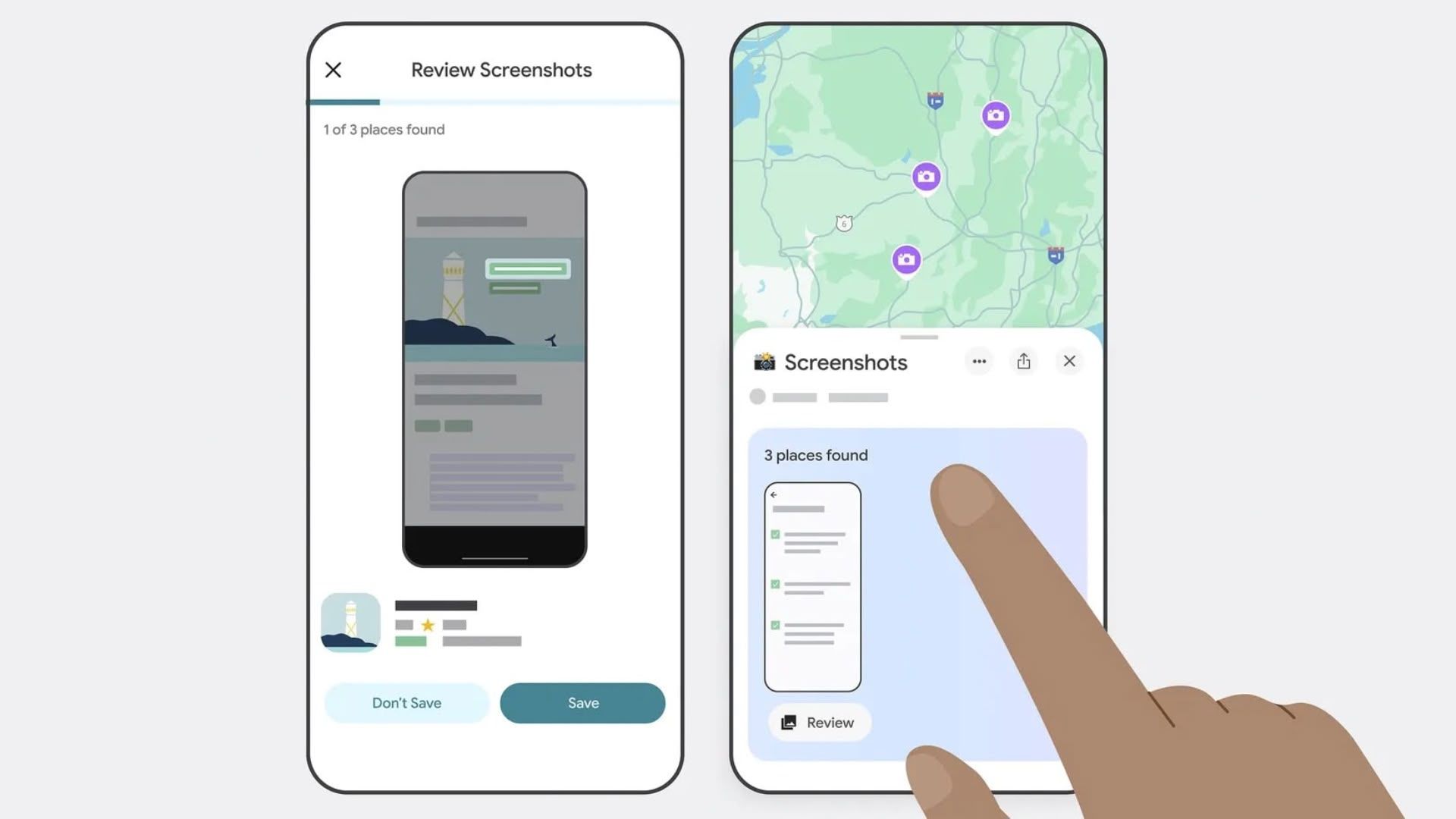

























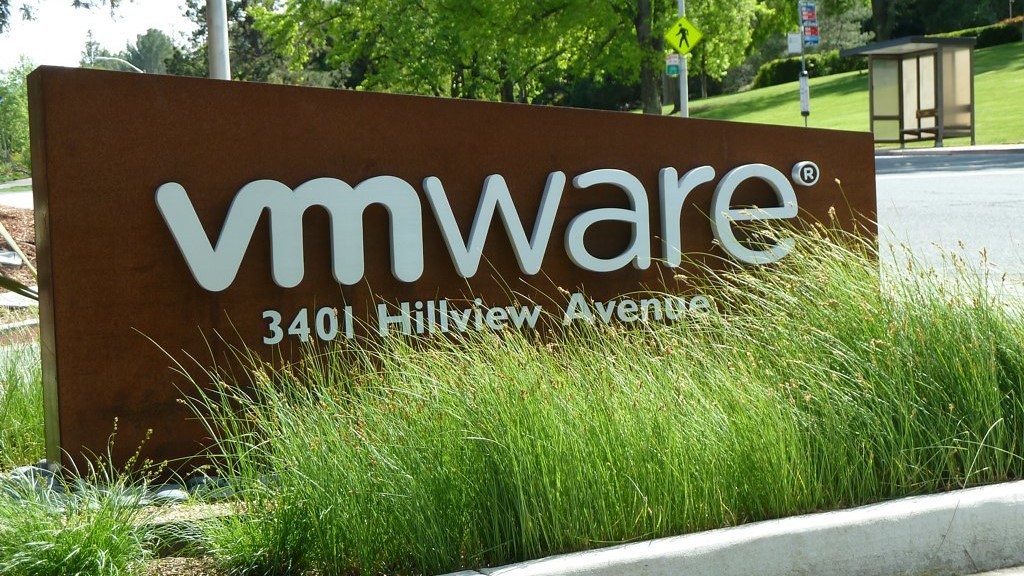















![Beats Studio Pro Wireless Headphones Now Just $169.95 - Save 51%! [Deal]](https://www.iclarified.com/images/news/97258/97258/97258-640.jpg)















![Honor 400 series officially launching on May 22 as design is revealed [Video]](https://i0.wp.com/9to5google.com/wp-content/uploads/sites/4/2025/05/honor-400-series-announcement-1.png?resize=1200%2C628&quality=82&strip=all&ssl=1)
















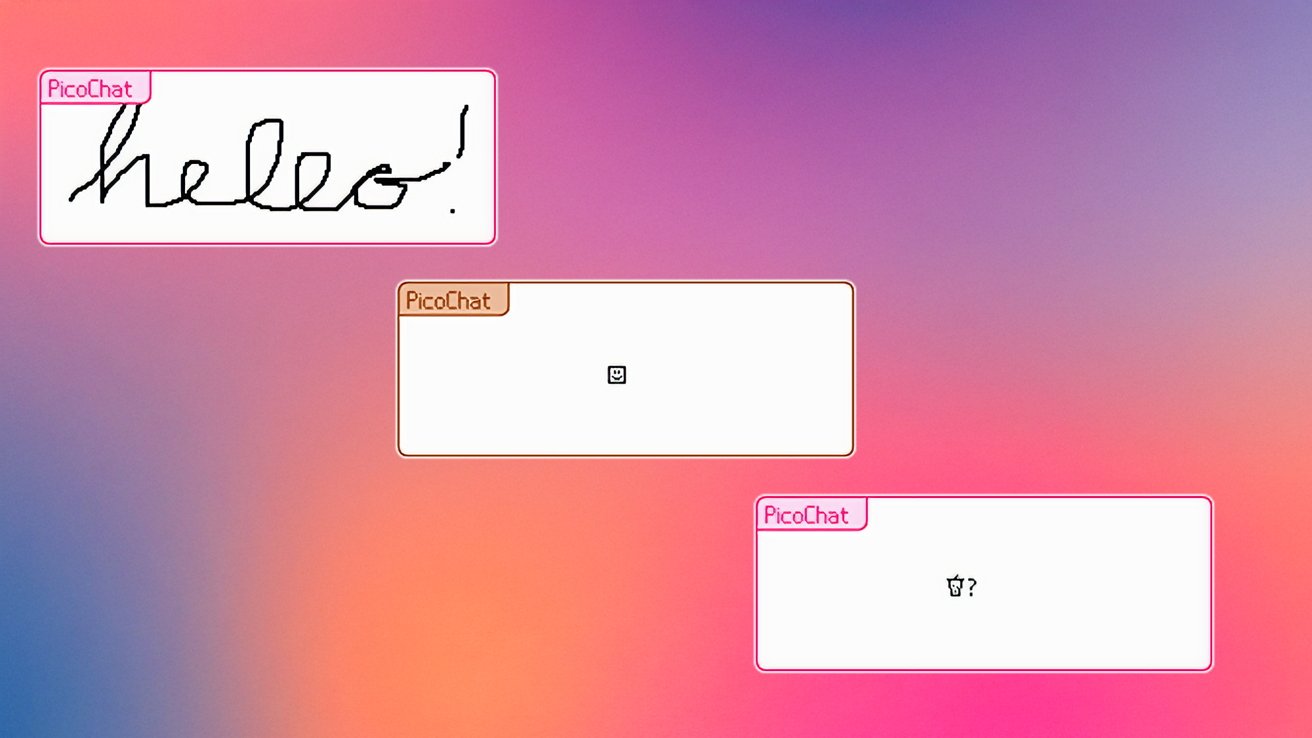


















































































































































































































![[The AI Show Episode 146]: Rise of “AI-First” Companies, AI Job Disruption, GPT-4o Update Gets Rolled Back, How Big Consulting Firms Use AI, and Meta AI App](https://www.marketingaiinstitute.com/hubfs/ep%20146%20cover.png)
















































































































![[DEALS] The Premium Python Programming PCEP Certification Prep Bundle (67% off) & Other Deals Up To 98% Off – Offers End Soon!](https://www.javacodegeeks.com/wp-content/uploads/2012/12/jcg-logo.jpg)
